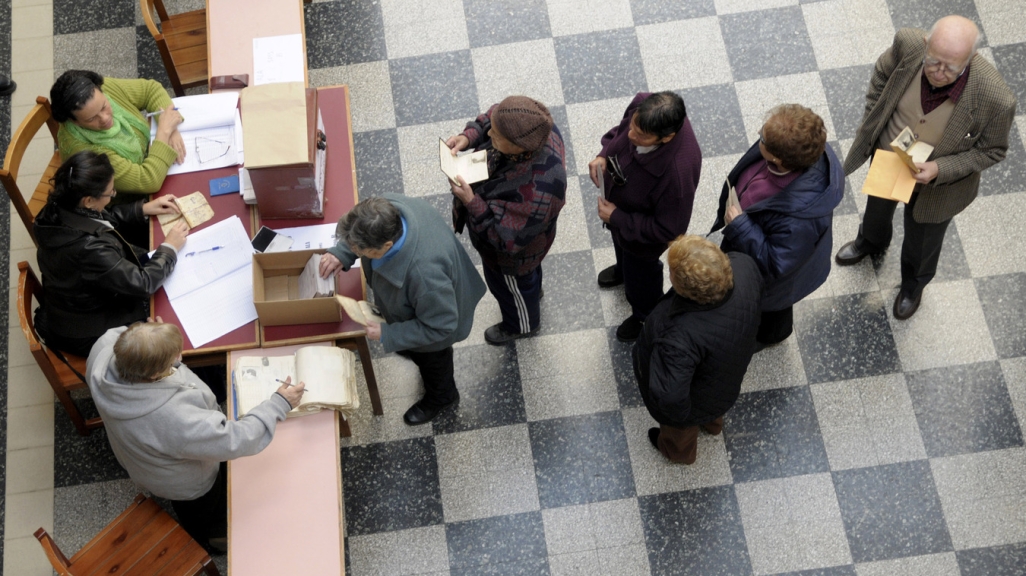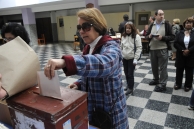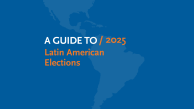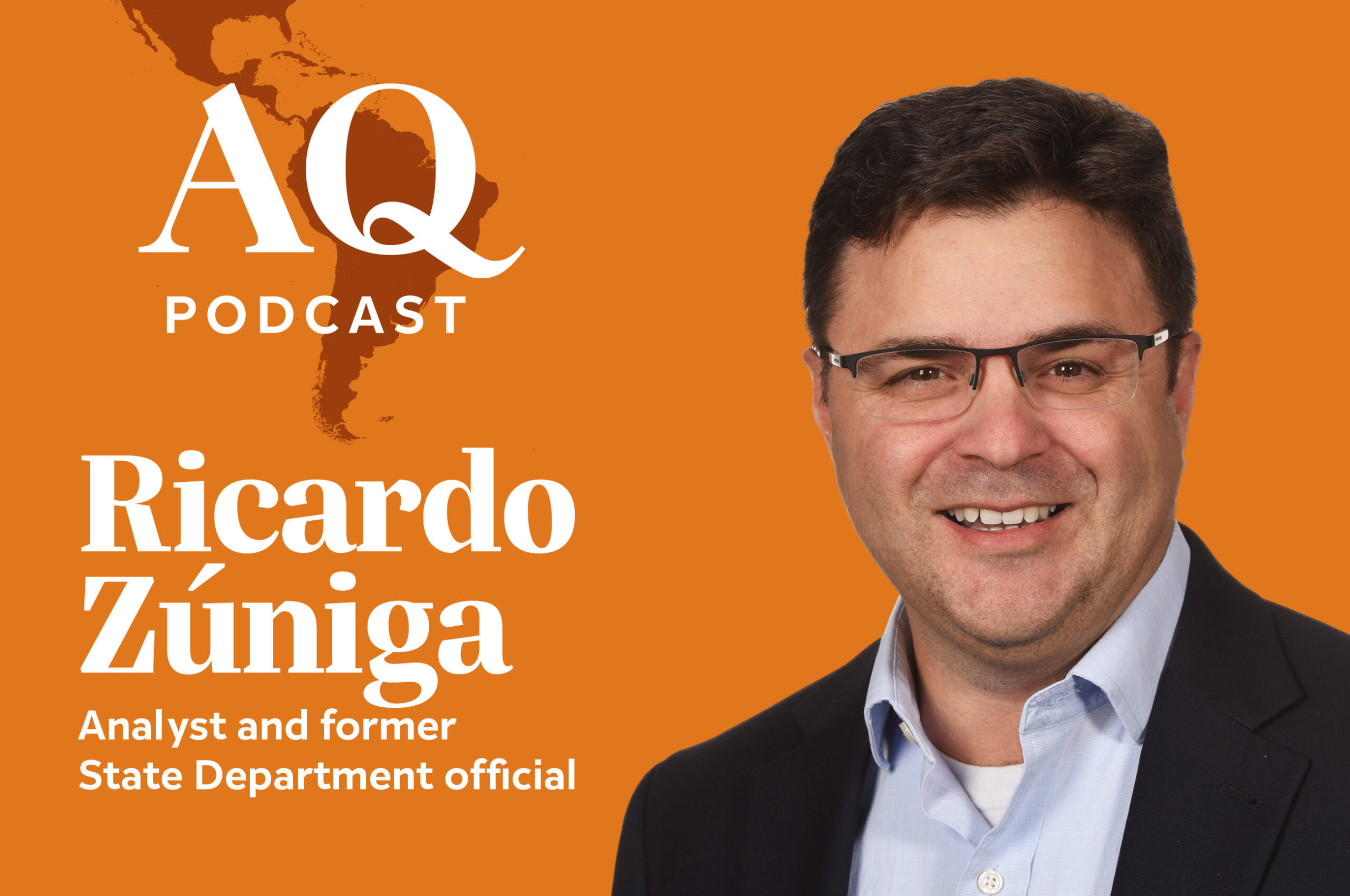Uruguay’s 2025 Departmental and Municipal Elections Results
Uruguay’s 2025 Departmental and Municipal Elections Results
In elections marked more by continuity than change, the governing center-left coalition had mixed success in tightly contested departments.
Uruguayans have now voted for all their representatives for the 2025–2030 term after local government elections held on May 11. These elections came just over two months after the inauguration of President Yamandú Orsi, who comes from the center-left Broad Front coalition.
At the departmental level, only three intendencias (governorships) changed party. In closely fought races, the governing Broad Front coalition successfully wrested Río Negro from the National Party and possibly Lavalleja, where the result is not yet confirmed. However, in Salto, the country’s fifth most populous department, the Broad Front lost to the right-of-center Republican Coalition, which is led by the National Party.
Characteristic of Uruguay’s strongly party-based electoral system, voters have to opt for one party across the board. Ballots that contain votes for one party in departmental elections and another in municipal elections are considered void. In departmental elections, the most-voted candidate of the most-voted party is elected as the intendente. In municipal elections, the candidate listed first on the winning party’s voting sheet serves as mayor. With this in mind, the parties of the Republican Coalition presented candidates under a unified list in the three departments with an incumbent Broad Front governor: Montevideo, Canelones, and Salto. In other departments, the three main parties of the coalition—the National Party, Colorado Party, and Open Townhall (or Cabildo Abierto)—fielded candidates separately.
How did this opposition tactic play out? And where did the Broad Front make gains? AS/COA Online maps key results of the May 11 local elections.
Nicolás Saldías of the Economist Intelligence Unit profiles the frontrunners and discusses the stakes of a pension question on the October 27 ballot.
AS/COA covers 2025's elections in the Americas, from presidential to municipal votes.











